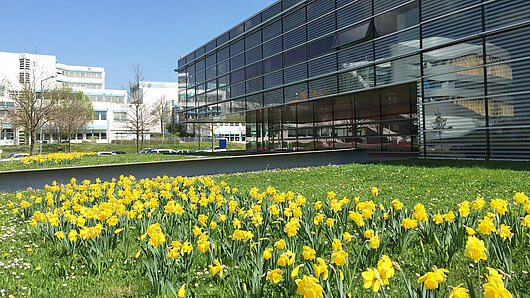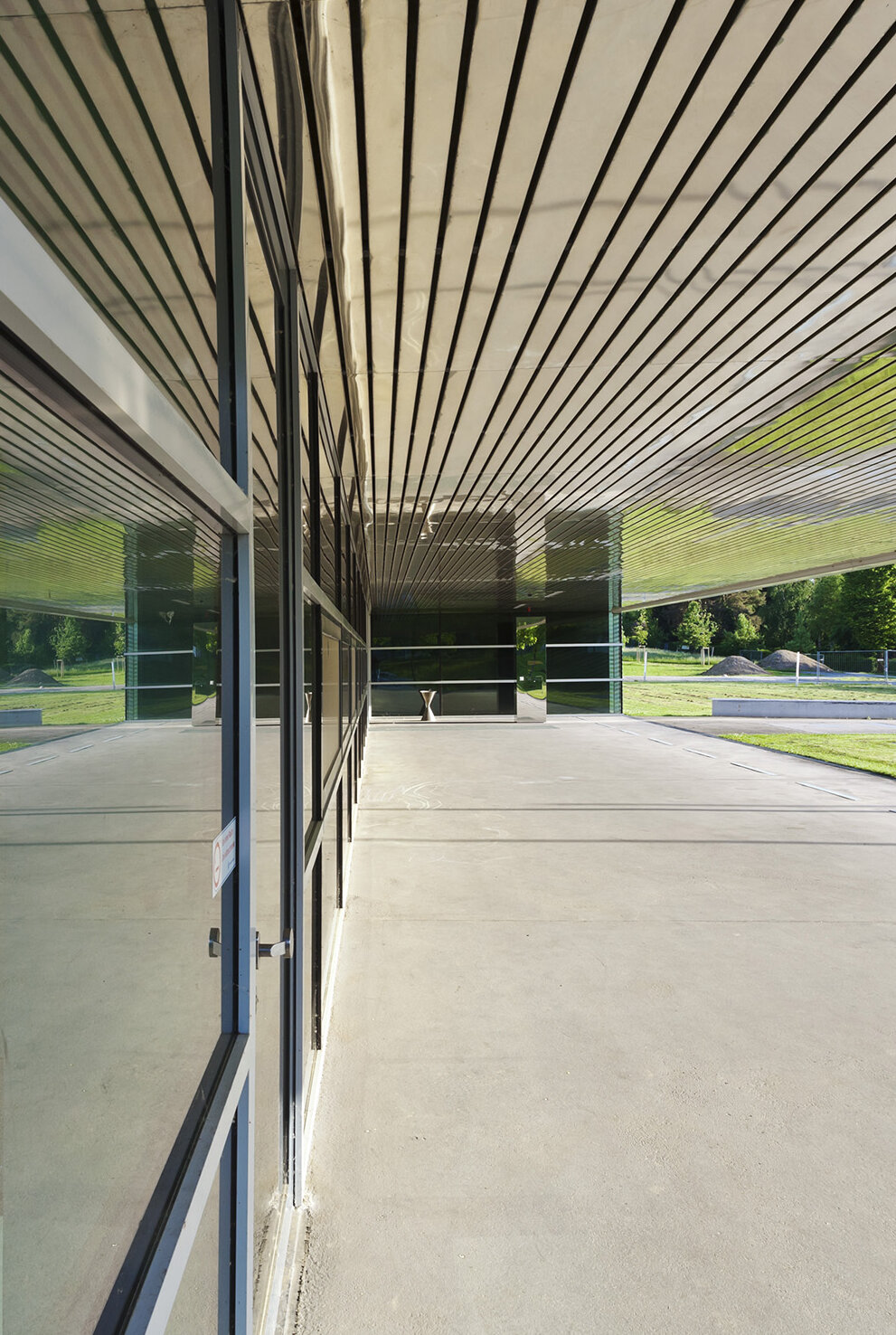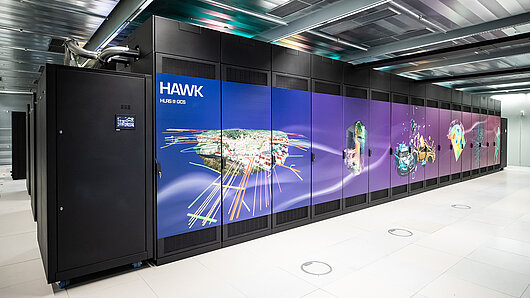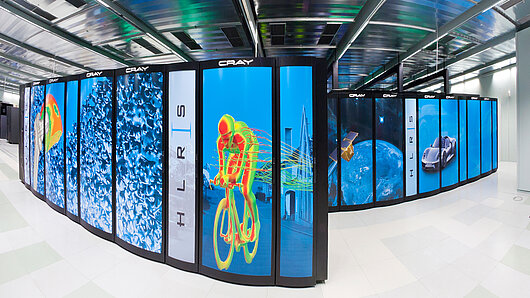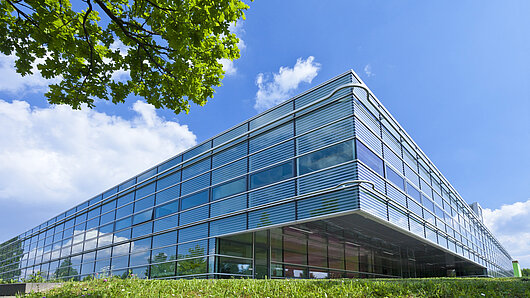Because the operation of high-performance computing centers requires sizable amounts of energy and other resources, HLRS has committed itself to taking practical measures whenever possible to reduce its CO2 footprint, prevent pollution, and limit other negative effects on the environment.
HLRS is continually working improve its environmental and energy performance. It has developed and implemented a comprehensive set of guidelines for environmental and energy management at HLRS, covering all aspects of the center's operations. All employees at HLRS are involved in ensuring that these guidelines are put into practice and in the continual improvement of HLRS's environmental sustainability over time.


